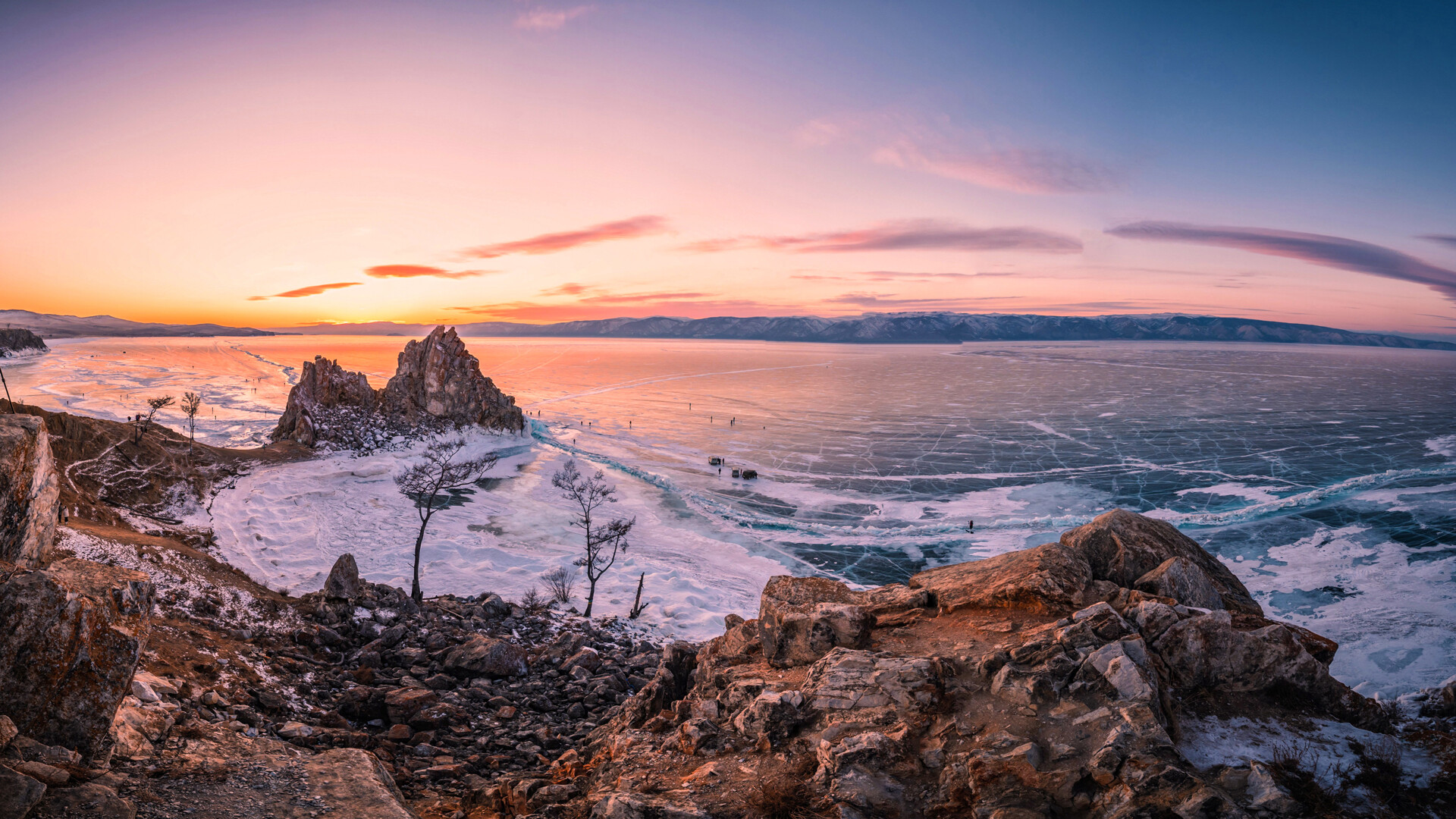
Lake Baikal in Siberia is the oldest and deepest lake on our planet. The locals have worshiped it for centuries and have told mysterious stories to the next generations. But can they be believed? Decide for yourself or better yet - visit Baikal!
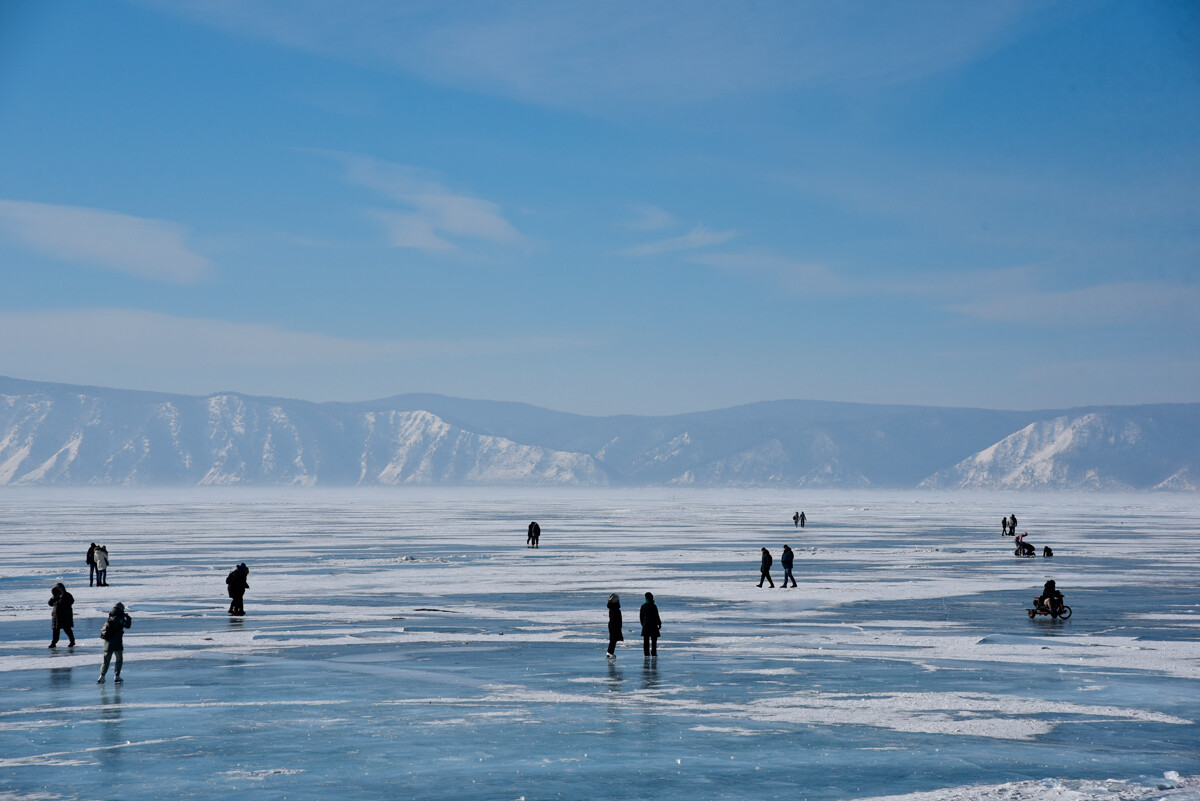
Baikal has its own “Nessie” and it’s a very scary story, actually. There are several descriptions of a “water dragon” (perhaps because he doesn’t need witnesses) that “dwells” in Mukhorsky Bay, the warmest part of the lake, and takes fishermen to his underwater kingdom. Some rumors say it is something like a huge sturgeon with an evil face; others say it is a lizard-monster with claws and “armor” along its back, while others believe that this beast looks like an ancient ichthyosaur, the ancestor of crocodiles. To placate the beast the locals “offered” furs, jewelry and food to the Baikal beast only several centuries ago. Some even practiced “blood” sacrifices, as well.
By the way, in the 1980s, Soviet researchers recorded a 30-meter moving object on the lake bed with echolocators, but they failed to clarify what exactly it was. Both Russian and foreign enthusiasts are still trying to find the “monster” and photos with blurry spots of obscure creatures periodically appear on social media. Maybe it’s just a new type of Baikal fauna.
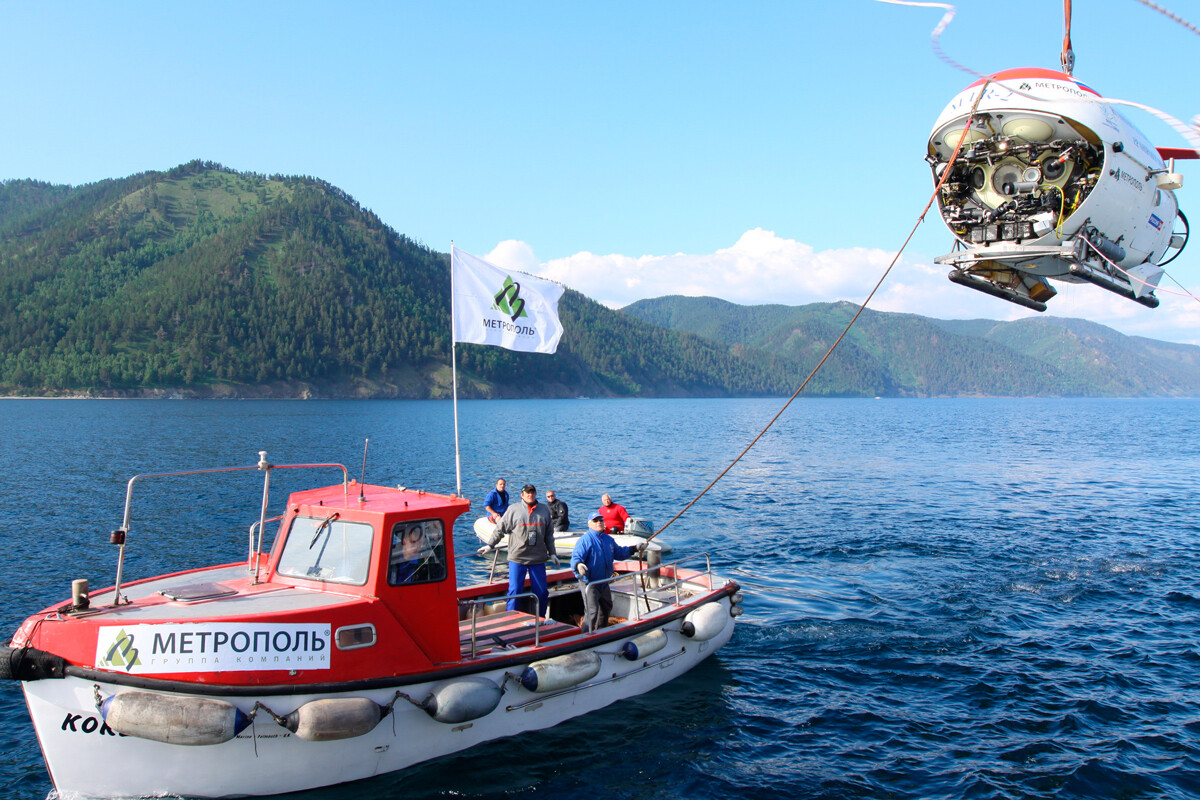
‘Mir-2' is preparing to examine the Baikal bottom.
Nikolai Rutin/TASSOne of the great unsolved historical mysteries - where did the gold reserves of the Russian Empire go after the 1917 Revolution? The country was plunged into a civil war between supporters of the tsarist regime (the ‘White Guards’) and supporters of the “new regime” (the ‘Red Army’). Gold was moved farther and farther to Siberia and passed from side to side. When it ended up in the hands of the Bolsheviks in 1919, it turned out that some of the crates contained bricks instead of gold bars. About 180 tons were “lost”. And some enthusiasts of legends believe that the Russian Empire’s gold sank, when the train transporting it crashed on the Circum–Baikal railway along the lake.
Of course, the alleged treasure keeps adventurers busy. Several times, ‘Mir’ submersibles have been lowered to the bottom of the Lake Baikal that have found remnants of a century-old boxes and even bars with gold glitter on them. However, these findings were never retrieved because of the shifting ground.

Shaman Stone - a rock near Lake Baikal, at the source of the Angara River on Olkhon Island.
Yuri Kaver/SputnikThis is probably the most romantic and popular legend about Baikal. Three hundred rivers and streams flow into this lake, but only one river, the Angara, flows out. It is one of the main rivers of Siberia and, in the old tales, it is considered the “daughter” of Baikal.
Locals pictured Baikal as a bogatyr who collected “tax” from the surrounding lands and his daughter Angara immediately gave it all back. She had only one necklace, which she didn’t show to anyone. She was saving it for her future husband. Then, Baikal told all neighboring bogatyrs he wanted his daughter to be wed. He chose a young man named Irkut, despite her liking the knight Yenisei. But, her father’s word was final. Eventually, Angara ran away from home, taking her necklace with her and threw the beads under her feet, giving the treasure to the people. Where she met Irkut on the road, now the city of Irkutsk has risen; where she threw the beads, other cities have appeared. And where she met the Yenisei, there is an arrow - the Angara flows into the Yenisei River.
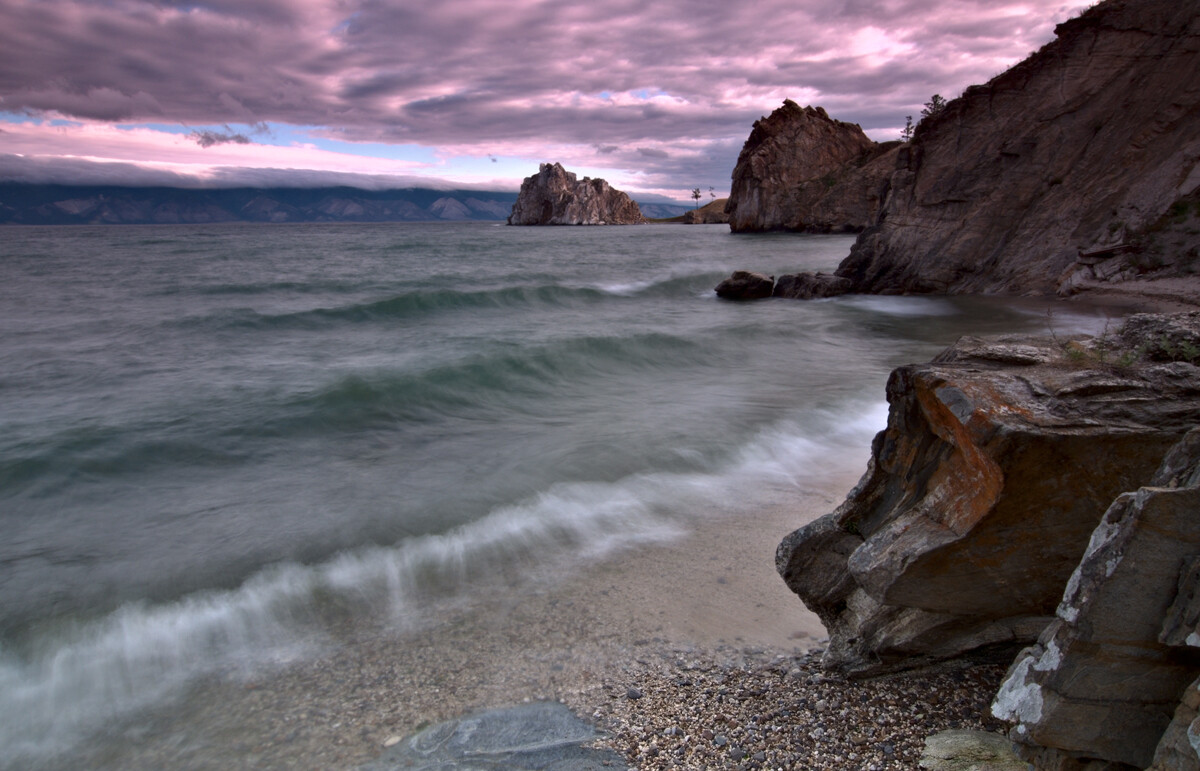
Lake Baikal is the deepest lake in the world and the locals knew this even before official scientific research. They believed that there is a bottomless abyss that leads either to the open ocean or to the netherworld. It is said that above this point, a water vortex appears on the surface of the lake, which may have trapped passing boats. It was first possible to calculate a more or less exact depth of the lake in the 1930s, then constantly updated. And, it turned out that the average depth of Lake Baikal 740 meters, but there are local bottom failures, as well as a place with a depth of 1642 meters - and in the very place, which was described by legends. The “bottomless abyss” is at the site of a tectonic fault.
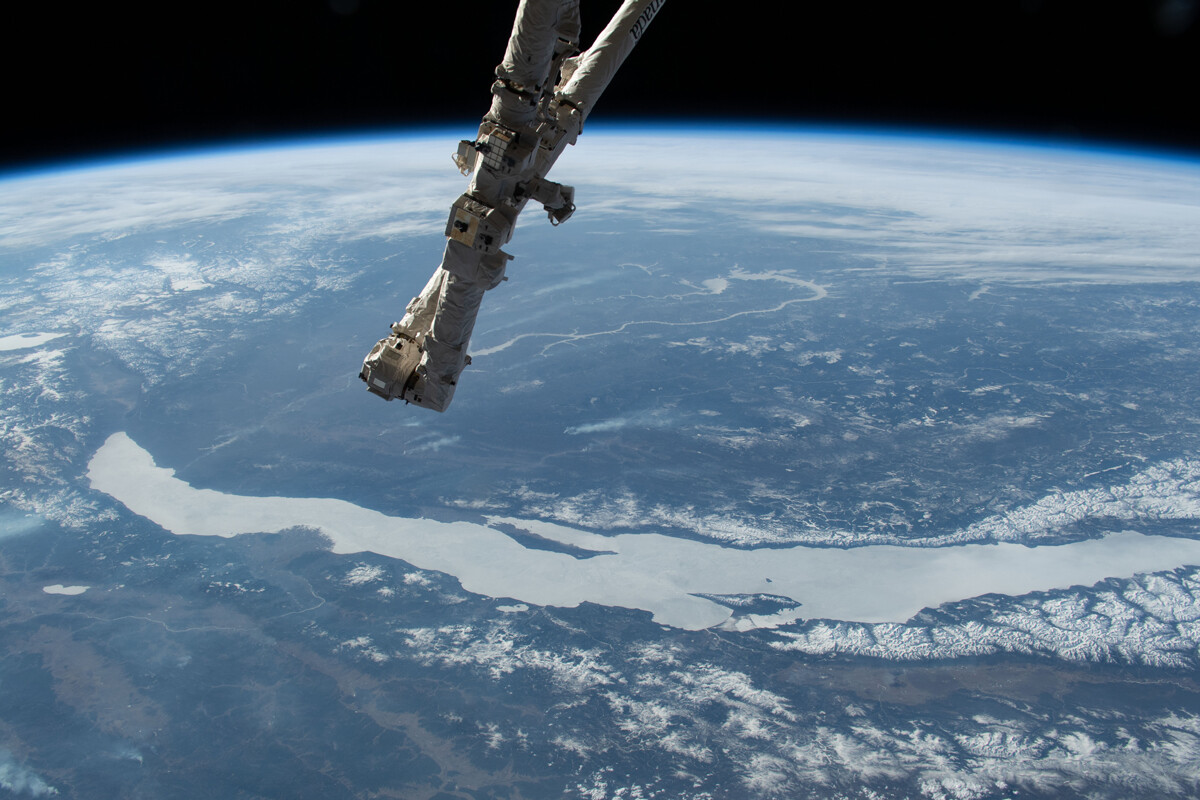
The view from space.
NASAScientists are still arguing about the age of Lake Baikal (the main theory is 25-35 million years, but some say about 150,000 years and just 8,000 years) and about its origin (whether it was once a volcano or the flow of the mantle core). It is known that people lived around this lake back in the 2nd century BC and they were different peoples. But, they called this lake by very similar names. ‘Bai’ in many languages means “great, great”. In Buryat, ‘Baigal-dalai’ means “large body of water, like a sea”; in Yakut, “baihal”, “baig’al” means “big, deep water”. There is a legend that Lake Baikal was formed on the site of a “fire-breathing mountain”, that is, a volcano and its name means, “Standing, fire”.
Dear readers,
Our website and social media accounts are under threat of being restricted or banned, due to the current circumstances. So, to keep up with our latest content, simply do the following:
If using any of Russia Beyond's content, partly or in full, always provide an active hyperlink to the original material.
Subscribe
to our newsletter!
Get the week's best stories straight to your inbox